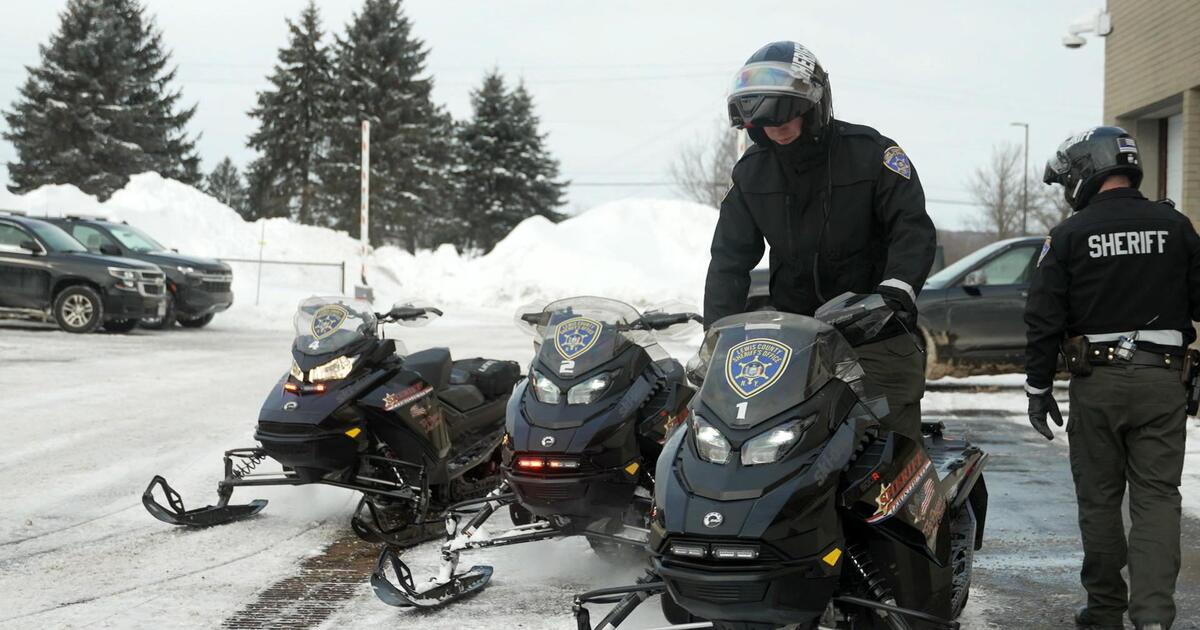First Responders on the Frontlines: Adapting to Climate Change Challenges
As climate change intensifies, first responders face unprecedented challenges that alter their operational strategies. From wildfires to floods and heatwaves, extreme weather events are becoming increasingly common, pushing these professionals to adapt in order to ensure public safety. This article delves into the various ways first responders are rising to the occasion amidst these evolving environmental challenges.
The New Landscape of Emergency Response
The impacts of climate change are not just an environmental concern; they are a pressing public safety issue. First responders, including firefighters, paramedics, and police officers, are on the frontlines, often dealing with the immediate consequences of disasters exacerbated by climate change. With a rise in the frequency and intensity of natural disasters, the landscape of emergency response is transforming.
According to the National Oceanic and Atmospheric Administration (NOAA), the U.S. has experienced a significant increase in the number of billion-dollar weather and climate disasters in recent years. This alarming trend underscores the need for a reevaluation of how first responders are trained and equipped to handle such events.
Training and Preparedness Enhancements
In response to these challenges, many emergency response agencies are enhancing their training programs to better prepare personnel for the unique demands posed by climate-related disasters. Here are some key strategies:
- Scenario-Based Training: First responders are engaging in scenario-based training exercises that simulate the conditions of climate disasters, such as wildfires or severe flooding. This hands-on approach allows them to practice decision-making and teamwork under pressure.
- Cross-Agency Collaboration: Effective response to climate-induced emergencies often requires collaboration among various agencies, including local, state, and federal organizations. Training programs are increasingly including joint exercises to foster teamwork and communication between agencies.
- Community Engagement: First responders are also focusing on community preparedness. By conducting workshops and outreach programs, they can educate the public on disaster readiness, which ultimately eases the burden during a crisis.
Innovative Technologies in Response Efforts
Technology plays a crucial role in how first responders adapt to the challenges of climate change. The integration of innovative tools and systems can enhance situational awareness and improve response times:
- Geographic Information Systems (GIS): GIS technology allows responders to map out affected areas in real-time, providing critical information about the extent of damage and the safest routes for evacuation and response.
- Drones: Drones are being utilized for aerial surveys of disaster areas. These unmanned aerial vehicles can quickly assess damage, locate victims, and even deliver supplies to hard-to-reach areas.
- Mobile Apps: Numerous mobile applications have been developed to assist first responders in communication and coordination. These apps can provide updates on weather conditions, track resources, and connect teams in the field.
Addressing Mental Health and Well-Being
Amidst the growing pressures of climate-related emergencies, the mental health of first responders is garnering increased attention. The emotional toll of responding to disasters can lead to burnout, PTSD, and other mental health challenges. Agencies are implementing programs to support the well-being of first responders, including:
- Counseling Services: Providing access to mental health professionals who specialize in trauma can help first responders process their experiences and build resilience.
- Peer Support Programs: Establishing peer support networks allows first responders to connect with colleagues who understand the unique challenges of their roles, fostering a sense of community and support.
- Wellness Initiatives: Promoting physical wellness through fitness programs and stress management workshops can help first responders maintain their overall health in high-stress environments.
Community Resilience: A Shared Responsibility
First responders are not the only ones affected by climate change; communities themselves must also adapt to these new realities. Building community resilience is essential for effective emergency response:
- Disaster Preparedness Planning: Communities are encouraged to develop and regularly update disaster preparedness plans that include evacuation routes, emergency contacts, and supply caches.
- Risk Awareness Campaigns: First responders can lead efforts to educate the public about the risks associated with climate change and the importance of preparedness.
- Community Training Programs: Engaging local citizens in training programs can empower them to take action during emergencies, reducing the overall burden on first responders.
Looking Ahead: The Future of Emergency Response
As climate change continues to evolve, so too must the strategies employed by first responders. The integration of new technologies, enhanced training programs, and a focus on mental health and community resilience will be pivotal in shaping the future of emergency response.
In the coming years, we can expect to see further advancements in predictive modeling and real-time data sharing, which will allow first responders to anticipate needs more accurately and respond more effectively. Moreover, as communities become more proactive in disaster preparedness, the collaborative efforts between citizens and first responders will strengthen, creating a more resilient society overall.
Conclusion
First responders are undeniably the backbone of emergency management. Their ability to adapt to the challenges posed by climate change is essential not just for their own safety, but for the safety of the communities they serve. As they continue to embrace innovative training, technology, and wellness initiatives, these dedicated professionals will remain at the forefront of public safety, ensuring that they are ready to face whatever challenges the changing climate may bring.
By supporting first responders and fostering community resilience, we can all play a part in navigating the complexities of a world increasingly defined by climate change.
See more Your Daily Weather



